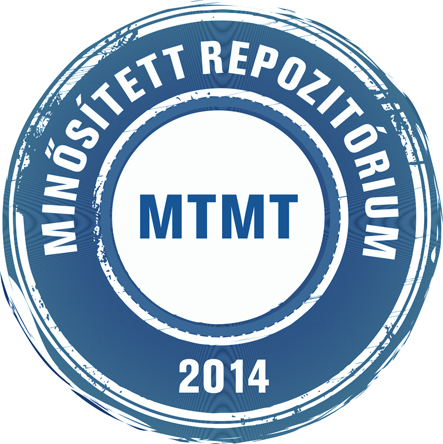Kriza, Máté (2024) Handbook of the circular economy: Transitions and transformation : Book review. GAZDASÁG ÉS TÁRSADALOM, 35 (1). pp. 131-133. ISSN 0865-7823
|
Szöveg
gazdsag-es-tarsadalom-2024-Vol17-35-No1-131-133.pdf Download (240kB) |
Absztrakt (kivonat)
[Alexander, A., Pascucci, S. & Charnley, F. (eds., 2023). Handbook of the circular economy: Transitions and transformation. De Gruyter, Berlin/Boston. 504 pp. ISBN 978-3-11-072322-9] Since the term “circular economy” emerged in the economic and environ-mental literature at the beginning of the 2010’s, an ever-growing number of articles, papers, reports and books have been published on this new concept that aims at the ending of the so-called linear economy and ushering into a new economic paradigm. The circular economy’s foundations lay on several schools of thought of the past almost sixty years which pro-mote closed-loop systems and nature-inspired metabolisms in the econ-omy, starting from Boulding’s seminal work “The Economics of the Com-ing Spaceship Earth” (1966) through Stahel’s “Product-Life Factor” (1982) and Pearce and Turner’s “Economics of Natural Resources and the Environment” (1994), until McDonough and Braungart’s „Cradle to Cradle” (2002) or Gradel and Allenby’s “Industrial Ecology” (2003) – just to name a few. Since the term “circular economy” was born in the past dec-ade, this concept has been a popular subject of the economic, business, environmental, technical and even popular literature (Freed & Ritchie, 2021).
Tudományterület / tudományág
társadalomtudományok > közgazdaságtudományok
Kar
Nem releváns
Intézmény
Soproni Egyetem
| Mű tipusa: | Cikk |
|---|---|
| SWORD Depositor: | Teszt Sword |
| Felhasználó: | Csaba Horváth |
| A mű MTMT azonosítója: | MTMT:35499841 |
| Dátum: | 13 Nov 2024 14:15 |
| Utolsó módosítás: | 13 Nov 2024 14:15 |
| URI: | http://publicatio.uni-sopron.hu/id/eprint/3326 |
Actions (login required)
 |
Tétel nézet |


 Repozitóriumi letöltési statisztika
Repozitóriumi letöltési statisztika Repozitóriumi letöltési statisztika
Repozitóriumi letöltési statisztika
